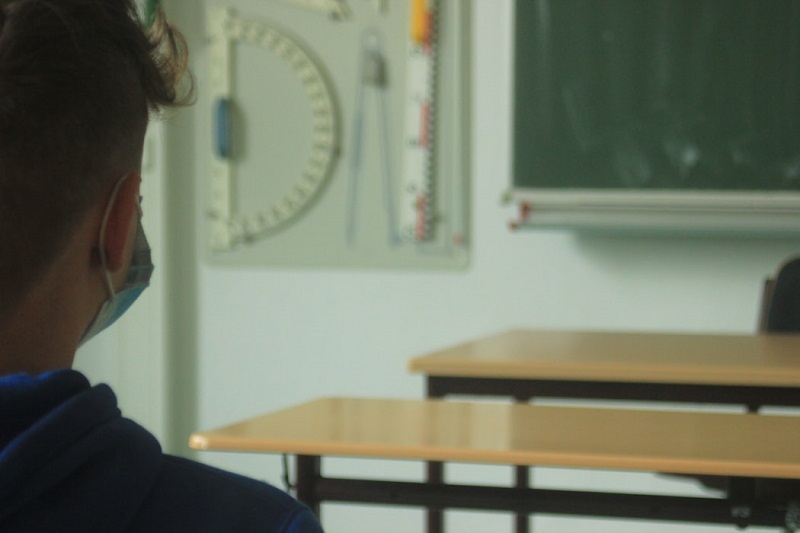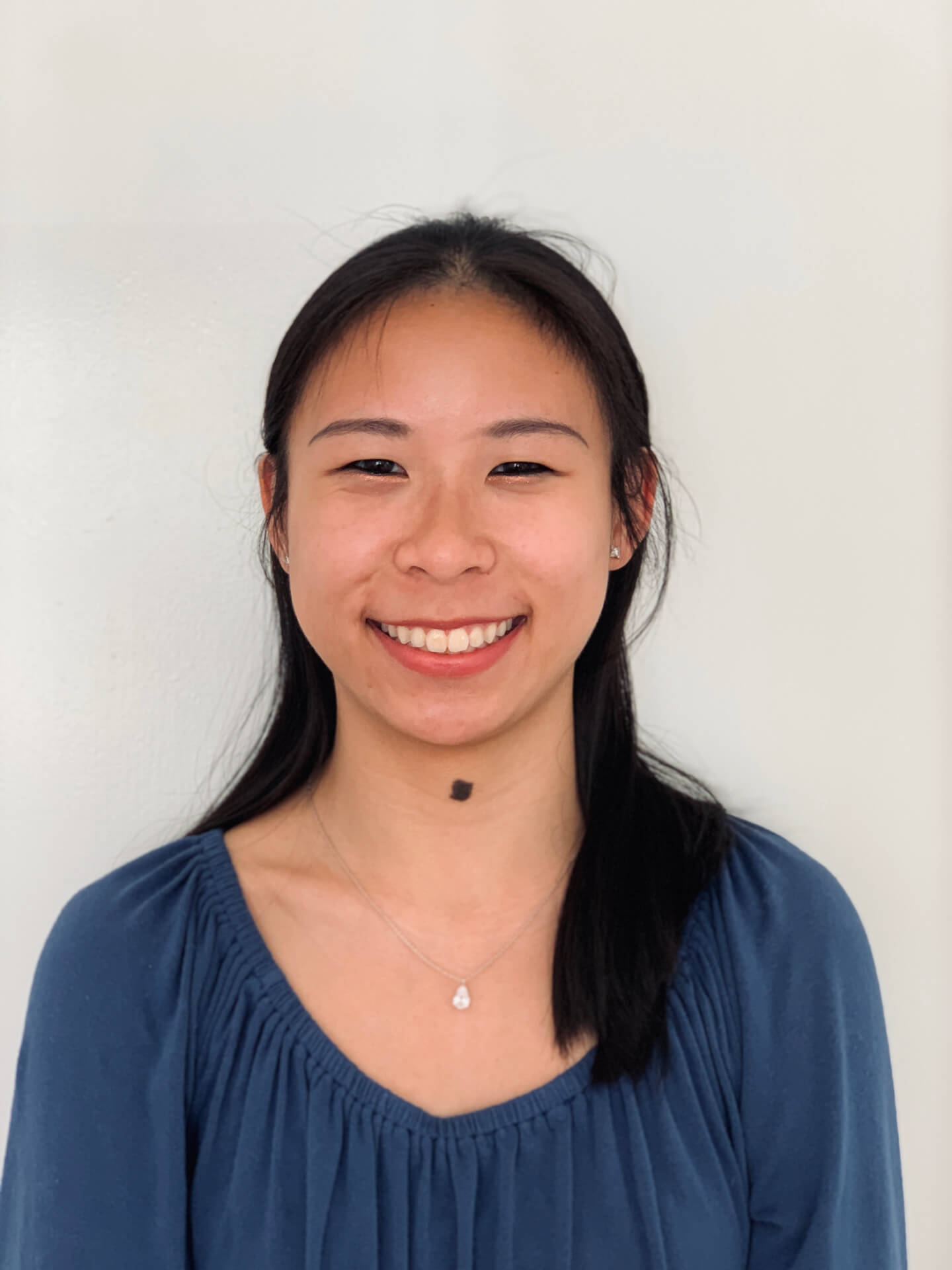State Officials Explore Ways to Remedy Learning Loss as Public School Enrollment Declines

Maryland’s public schools saw a 3% decline in enrollment during the first quarter this year, as exposure to the coronavirus continues to keep most students and teachers at home. Now, state education officials are grappling with how to deal with the resulting learning loss.
Some school districts have struggled to reach students altogether, the most disconcerting being Baltimore County Public Schools, which has not been able to make any contact with 15% of students, according to Maryland State Department of Education data. Almost 3% of Baltimore City Public Schools students have not been reached.
Enrollment decreases are most pronounced for Maryland’s youngest students. Compared to last year, the number of pre-K students was down by 26.7% in the first quarter alone, while the number of kindergarten students declined by 10%, according to the state. On the other hand, middle and high school enrollment numbers remained steady, Dara Shaw, Maryland State Department of Education’s director of research told state education board members on Monday.
However, student enrollment numbers do not equal attendance. School systems across the state are also seeing a drop in daily attendance, Shaw said.
The average student attendance rate in a normal year is around 95% statewide, Shaw said. But this year, Prince George’s and Dorchester counties, as well as the city of Baltimore, reported attendance rates below 90% in the first quarter. More specifically, eight of the state’s local school systems reported attendance below 90% for Black students. Anne Arundel County reported an attendance rate below 70% for white students.
Baltimore County, Charles, Montgomery and Prince George’s were the only school systems that remained entirely virtual for all students in the first quarter.
To offset the pandemic’s toll on learning, state officials said solutions could include adding more days to the school year and boosting summertime instruction.
“But what matters most is what we do with the extra time we have with students, we must be certain we are reinforcing core learning, it must be culturally relevant and it needs to be in small group sizes,” Carol Williamson, MSDE’s deputy state superintendent said.
Researchers at John Hopkins University found that intense tutoring can add five months of learning to a student’s typical progress, Williamson said. And tutoring is the most effective when there are just 1-2 students per tutor.
It is also critical to teach at proper grade-level, rather than reteaching earlier lessons, which can “reinforce low expectations and create vicious cycles of underachieving,” she continued.
But extended school years and extra tutoring could lead to teacher burn-out.
“Workforce is an issue; teachers are tired,” said Joan Mele-McCarthy, a state board member. “Building a workforce is going to be an issue and for us to step outside the box.” Recruiting college students or training and paying people to provide additional teaching support could be ways around that, she said.
In addition, MSDE recommended supporting early childhood programs, as they have been shown to significantly narrow the achievement gap before children even begin school.
According to MSDE, 87% child care providers are open, but that does not necessarily mean they have enough children or staff to sustain their business, advocates told lawmakers in November.
Not enough guidance for local schools?
MSDE recently allocated $781 million from the federal Coronavirus Response and Relief Supplemental Appropriations Act to local schools to help address learning loss and implement summer learning programs.
Clarence Crawford, president of the State Board of Education, acknowledged the complaints from some state legislators that MSDE did not provide enough guidance to local school systems in their reopening plans.
He suggested that direction on how to spend stimulus funding might be helpful because “sometimes just giving people money by itself doesn’t necessarily improve anything. The only thing we get out of it is that they’ve sent more money, but when you look back at the end of the day, it’s hard to define and see what they did,” Crawford said.
Williamson, deputy state superintendent, also noted that the state should have spent more time “monitoring what was going on when [local school systems] started their programs or being able to address some of their needs,” starting with visiting more schools.
However, state Superintendent Karen B. Salmon said the state has already provided “a lot of guidance.” “Just check out the website, it’s got a plethora of resources and has had since June,” she continued.
Last week, Governor Lawrence J. Hogan Jr. (R) and Salmon pressed local school systems to begin at least hybrid learning by March 1, with Hogan threatening to use legal action in order to get all Maryland students back into classrooms.
But reopening schools is complicated and requires building trust between teachers, students and the community, some board members highlighted.
“I think that trust piece is big; people being able to trust that they’re going to be safe with staff, with students and the community,” said Lori Morrow, the parent representative to the board.
“I think until we get community rates lower, it’s hard to trust everybody when there’s clearly still community spread,” and this is evident in Prince George’s county, she continued.
Around 30% of parents have expressed wanting to continue virtual learning, which will still be an option, Salmon said. “But for the vast majority, at least 70% of our kids, being in school in person is critical. We really do want to see summer programs as much as possible be in person, for that peer interaction for that socialization.”
Search for a new superintendent
Although Salmon did not intend to serve another year as state superintendent, the board unanimously voted to extend her contract last March, in response to the coronavirus pandemic.
Ten months later, MSDE announced the search for Salmon’s successor to board members on Monday, and the open position will officially be posted in the next few days, said Lora Rakowski, director of communications for MSDE.
Based on stakeholder feedback from an online survey, which was prepared by Greenwood/Asher Associates, a consulting group hired to help find a Salmon’s successor, Marylanders want the next superintendent to have experience with diverse groups of people and familiarity with digital solutions.
As the board begins identifying candidates, the board will have access to all candidate information, which must be kept confidential, and will be involved in all interviews and Crawford said.
Typically, the search for a new superintendent takes three to four months, but really depends on the availability of the board and search committee, said Jan Greenwood, president of Greenwood/Asher Associates.




 Creative Commons Attribution
Creative Commons Attribution